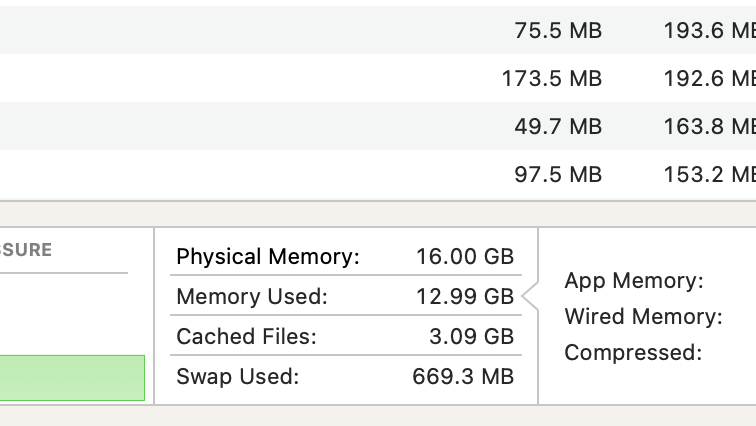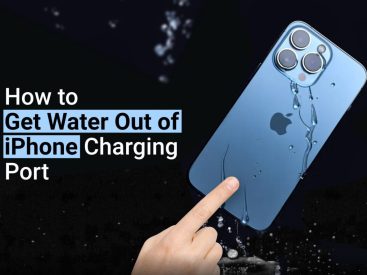Contents
Introduction
When it comes to choosing the right memory for your iPhone, it can feel a bit overwhelming. You might be asking yourself, “How much memory do I need on iPhone?” Well, don’t worry; I’ve got you covered! Together, we’ll dive into the factors that influence your storage needs, explore the available options, and even touch on some alternatives like cloud storage. Ready? Let’s jump in!
Factors to Consider
Personal Usage Habits
First off, what do you use your iPhone for? Your usage habits will greatly influence how much memory you actually need. For instance, if you’re a photography enthusiast and love capturing high-resolution photos, you’re definitely gonna need more space. Similarly, if you record videos often and you’re all about that 4K life, your storage needs will be even higher.
But let’s not forget about those apps and games. Some can be memory-hogs, needing tons of storage space. I mean, have you seen how big some games are these days? Downloads can pile up, taking a toll on your available storage.
Oh, and what about music and podcasts? If you’re the type who downloads tons of tunes, that’s another factor to keep in mind. All these elements combined can drastically affect your iPhone storage decision.
Future-Proofing
Now, let’s talk about future-proofing. The way technology is advancing, apps and media files are just getting bigger. It’s like trying to fit five pounds of potatoes in a two-pound bag. Not gonna happen! So, if you plan to keep your iPhone for a while, it’s worth considering a higher storage option.
A higher storage capacity can help avoid that dreaded notification that says you’re out of space. Plus, it keeps your device running smoothly — we’ve all experienced that slow down when storage gets tight.
Available Storage Options

Common Storage Sizes Offered by Apple
When you’re on the market for a new iPhone, you’ll notice Apple typically offers several storage sizes. These can include low-end options like 64GB, mid-range options around 128GB, and high-end varieties that go up to 256GB or more.
1. 64GB: Great if you don’t download many apps or media.
2. 128GB: A solid middle ground for moderate users.
3. 256GB & Above: Perfect for power users who need their space.
Choosing the right size is crucial. You don’t wanna end up with a device that’s bursting at the seams!
Cost Considerations
We can’t ignore the cost of storage options. Higher storage typically comes with an additional price tag, which is something to think about. If you’re on a budget, you might lean towards a lower capacity. However, just remember the potential trade-offs. If you buy a lower capacity to save money, you might end up paying for cloud storage options later. It’s a balancing act!
Alternatives to Local Storage

Importance of Cloud Storage
So, what if you don’t want to deal with all that storage clutter? That’s where cloud storage comes in. Services like iCloud can help you offload some of your data, offering a neat solution to keep your device uncluttered. Besides iCloud, there are other cloud solutions like Google Drive and Dropbox that can help you manage your data efficiently.
Benefits of Using Cloud Storage
The perks of using cloud storage? For starters, it saves space on your device. Plus, you get easy access to your files from multiple devices. Imagine taking a quick trip and being able to access all your photos and files right from your phone without them taking up all the memory!
User Experiences and Recommendations
Insights from Apple Support Discussions
One thing I’ve gathered from various discussions, including threads on sites like Apple Discussions, is that users often share their real-life experiences when it comes to storage. Many suggest not skimping on memory if you’re someone who uses the device heavily. It seems that most users regret opting for lower capacities once they realize how quickly things add up.
User-generated Advice on Determining Storage Needs
For example, one user shared their story of how they initially went with a 64GB model, thinking it would be enough, only to be swamped with storage alerts just months later. Others who jumped in with 256GB felt relieved and able to enjoy their device without constant worries about deleting stuff.
Conclusion
Choosing the right memory for your iPhone is all about balancing your current needs with potential future demands. You want to feel free to download and save without hitting storage walls. If you found this content useful, I’d love for you to interact with us! Share your thoughts, leave a comment, or explore more information on our website, iPhone7price.org.



